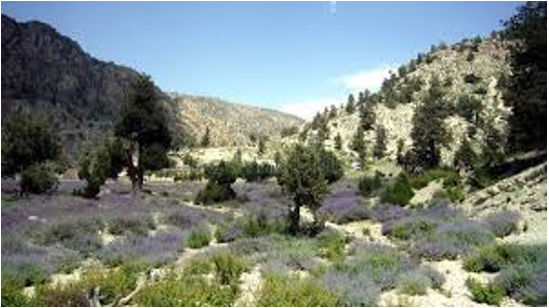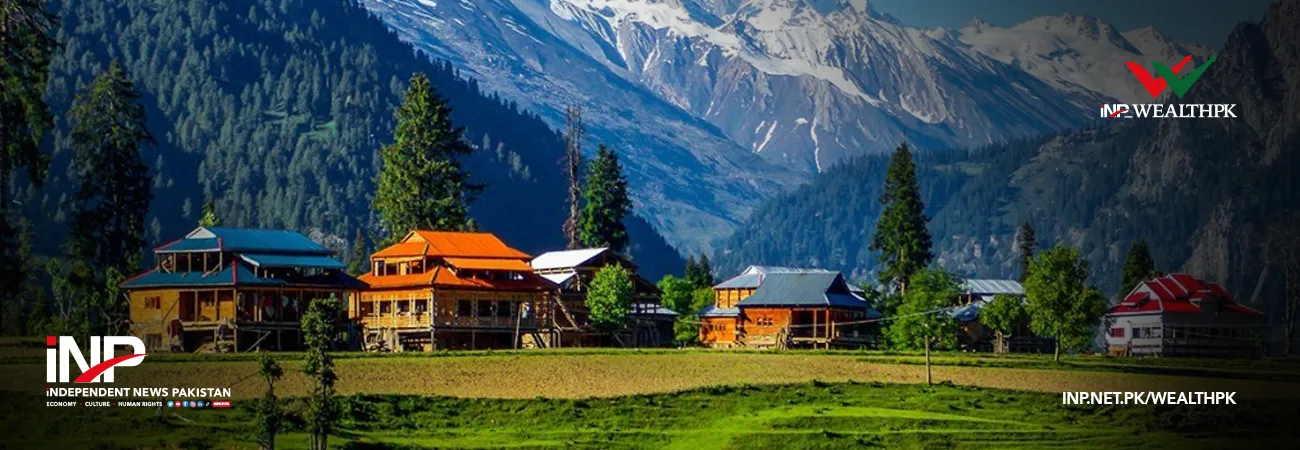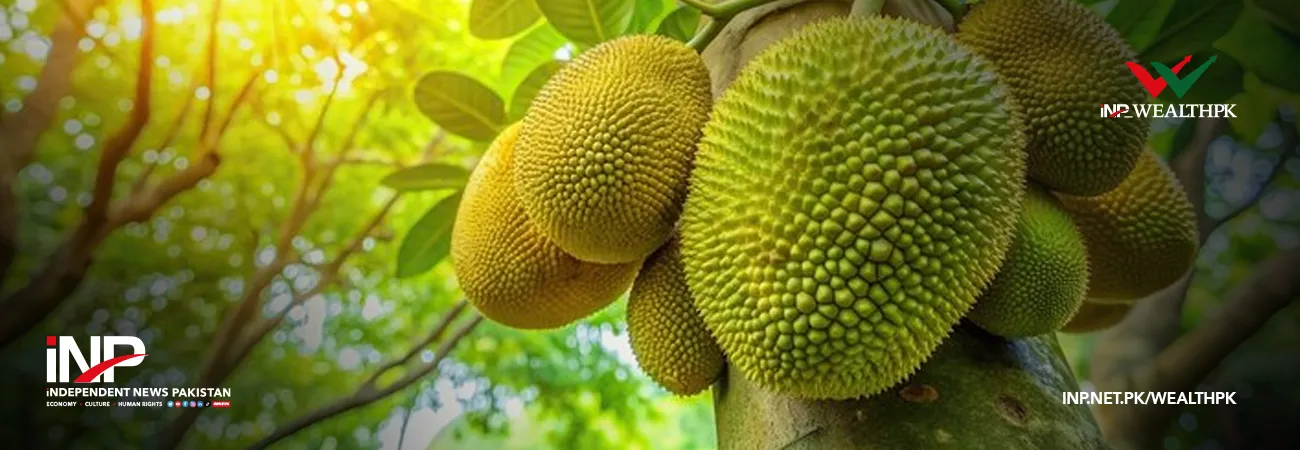INP-WealthPk
Faiza Tehseen

As an ecotourism hotspot, Ziarat National Park (ZNP) needs global promotion to increase tourist footfall and generate income for local communities. “ZNP is located about 15 kilometers from Ziarat city and spans approximately 112,185 hectares. It is home to one of the largest and oldest juniper forests in the world, symbolizing Pakistan’s natural heritage and serving as a vital ecological resource. Its rare flora and fauna have earned worldwide acclaim, and the park provides a habitat for unique wildlife,” explains Muhammad Niaz Khan Kakar, Conservator of Forests Quetta and Project Director of UPGG Wildlife and REDD+, and an expert in environmental conservation.
Speaking exclusively to WealthPK, he highlighted the significance of ZNP’s juniper trees, describing them as not just a natural wonder but also an essential part of the ecosystem. “These trees act as carbon sinks, helping mitigate atmospheric carbon dioxide. They also play a critical role in sustaining regional water cycles by regulating groundwater recharge, ensuring a steady water supply for local populations. Maintaining this ecological balance is essential for both human well-being and environmental health,” he said. Kakar emphasized ZNP’s potential to attract nature enthusiasts and adventure tourists.
“Several other attractions near ZNP further enhance its appeal, including Zarzari picnic spot, Jamia Mosque Ziarat, the historic Quaid-e-Azam Residency (built in 1892 during British rule), Prospect Point Ziarat (located at an altitude of 2,713 meters), Faran Tangi, Chutiar Tangi, Mana Dam, and Khalifat Mountain—the second-highest peak in Balochistan, standing at 3,847 meters,” he said. He noted that promoting ecotourism at ZNP would not only protect this natural treasure but also generate income for local communities. “Initiatives such as training community members, offering guided tours, organizing handicraft bazaars, and providing homestays for tourists can empower locals as environmental stewards, ensuring the long-term sustainability of conservation efforts,” Kakar added.
The Conservator of Forests also underscored the need to limit visitor numbers to the park. “Proper signboards with clear instructions about directions, safety precautions, and conservation guidelines should be installed along pathways and roads to encourage responsible tourism and safeguard the park’s ecosystem,” he said. Additionally, he stressed the importance of trained tour guides to manage emergencies, the development of bird-watching and wildlife safari sites, the establishment of tourist information centers, and the distribution of educational materials to visitors.
He suggested creating a resourceful library to attract students and researchers to the park. In a separate discussion with WealthPK, Dawood Tareen, Director of Culture and Focal Person for Tourism in Balochistan, highlighted the broader impact of promoting ZNP. “Promoting ZNP will not only attract local and international tourists but also foster a greater sense of conservation and preservation,” he said. Tareen emphasized the need for coordination among government departments, international organizations, NGOs, and other stakeholders to spotlight ZNP’s ecotourism potential.
“To enhance the visitor experience, it’s crucial to develop eco-friendly infrastructure, accommodations, and visitor guidance centers,” he said. He also called for campaigns to raise awareness among local communities about the importance of conservation, enabling them to act as guardians of nature. “Travel expos showcasing ZNP’s ecological and cultural wealth should be organized, along with the use of digital and print media to promote the park. Information about its flora, fauna, and attractions should be made available in multiple local and international languages to facilitate tourists,” Tareen concluded.
Credit: INP-WealthPk













